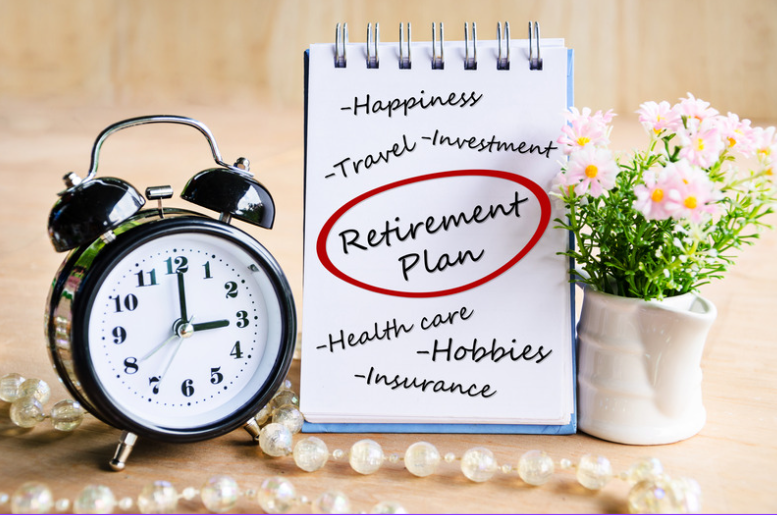The article “FP Answers: How should I make up the $1,278 a month that I need to live comfortably in retirement?” was originally published in Financial Post August 19, 2022 • Last updated September 2, 2022 by Julie Cazzin and Brenda Hiscock.
It’s possible that you may qualify for a minimal amount from the Guaranteed Income Supplement
Q: I’m a 68-year-old retired teacher with a small pension. My assets include $69,000 in registered retirement savings plans (RRSPs) and $34,000 in a tax-free savings account (TFSA), and it’s mostly in cash. I also have $150,000 to invest right now from the recent sale of a property. It’s sitting in cash in an unregistered investment account. My monthly income includes $800 from my teacher’s pension, $780 from Canada Pension Plan (CPP) and $642 from Old Age Security (OAS).
I need about $3,500 monthly to live comfortably. I own half a condo with my daughter, Madeleine, and we are mortgage free. The condo is worth $450,000 (my half is $225,000) and we plan to live here together throughout my retirement years. How should I make up the extra $1,278 monthly that I need to live comfortably? And how should I invest my RRSP, TFSA and other money so I can draw the needed money without running out? — Thanks, Cali
FP Answers: Cali, right now, you’re earning $26,664 annually in taxable income including OAS. I’m not sure what province you are in, but you are paying the lowest possible tax rate at that level of income.
Based on these figures, it’s possible that you may qualify for a minimal amount from the Guaranteed Income Supplement (GIS) now or in the future. To qualify for the GIS, your income excluding OAS must be below $20,208 if you’re single, widowed or divorced. This benefit is proportional to your income, non-taxable and paid monthly to low-income seniors. You should check your eligibility each year.
Given that you are so close to the maximum income, the amount you may receive, if any, would be very small, and won’t change the outcomes of my calculations below in a material way.
Cali, you have $69,000 in RRSPs. If you qualify for GIS benefits at your current income level, you may consider delaying your RRIFs until age 72. Otherwise, it may be prudent to convert the RRSP to a registered retirement income fund (RRIF) this year and begin taking minimum payments. That would provide about $3,000 of annual income, topping out at about $4,000 annually for life. Some people like the comfort of a predictable income for life.
Alternatively, given the RRIF is relatively small, you may consider drawing it down over the course of the next few years, ensuring that the amount you take each year keeps your total income within the lowest tax bracket, which is $50,197 in 2022.
You indicate that you recently sold a property and have $150,000 to invest. You should top up your TFSA to the maximum to shelter funds from tax. I’m unsure of your TFSA contribution room, as I don’t know the value of your original contribution(s) and withdrawals. But for someone who has never invested in a TFSA before, the 2022 limit is $81,500. If you are uncertain as to how much TFSA contribution room you have, you can check your “My Account” on the Canada Revenue Agency’s website or you can call 1-800-267-6999.
The remaining funds of around $100,000 can go into non-registered investments.
Your remaining monthly cash needs should be drawn from your non-registered investments until those funds are depleted, and then you can draw down the TFSA account. It is advisable to draw down your taxable account to zero while still funding the TFSA each year, because the TFSA funds grow tax free.
I have run some numbers, and based on the information provided, using a four-per-cent rate of return and two-per-cent rate of inflation, which is the Bank of Canada’s target, your liquid funds may be depleted in your early-to-mid 80s, with a spending rate of $42,000 annually.
If you were to reduce spending to $34,000 annually, you would likely have enough liquid assets to sustain you without borrowing against your home. But at your current level of spending and using the assumptions above, you may need to begin borrowing against the home in your early 80s to sustain your lifestyle. This would also depend on your risk tolerance and investment returns. If returns were higher, your money would last longer.
Cali, you should also prioritize an investment strategy for your cash. Consulting a good fee-for-service planner can help you come up with a portfolio and investment strategy that will suit your risk tolerance. The two of you could go through the different options available, everything from mutual funds and exchange-traded funds (ETFs) to individual stocks and bonds.
A good investment strategy to consider would be a simple, passive, low-cost approach that involves buying a solid all-in-one ETF that holds a variety of equity and fixed-income ETFs. These can be bought through a discount broker and don’t require any rebalancing, so you can invest this way yourself without an adviser for the long term. A robo-adviser is another low-fee way to passively invest with a bit more customer support than a brokerage.
If you feel more comfortable having an adviser in charge of your investments, then the fees would range from 1.25 per cent to three per cent annually at your level of assets. It’s up to you which approach you prefer. In the end, fully understanding your investment options and your portfolio strategy will help you to have peace of mind about your future.
Brenda Hiscock is a fee-only, advice-only certified financial planner at Objective Financial Partners Inc. in Toronto.

